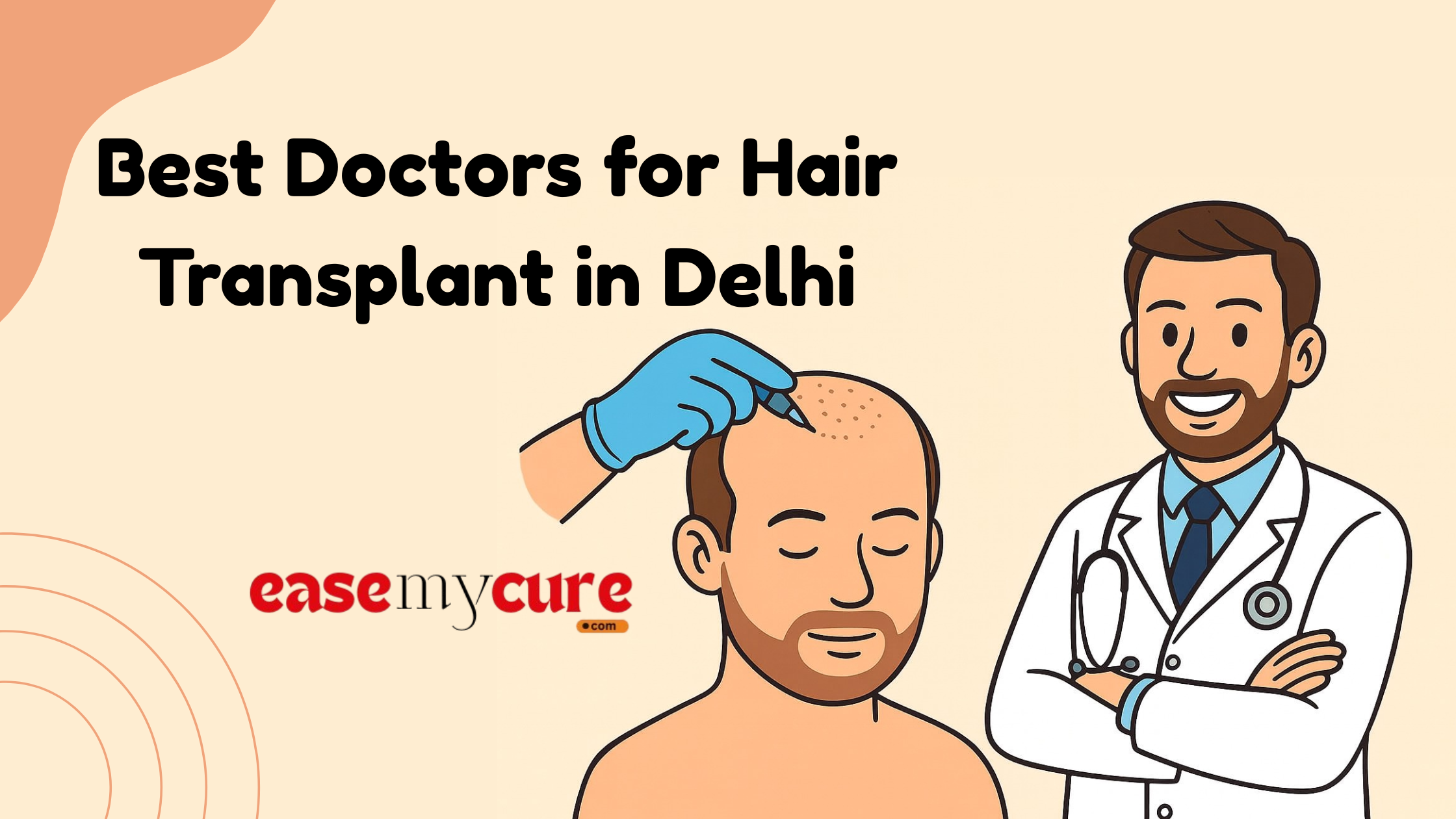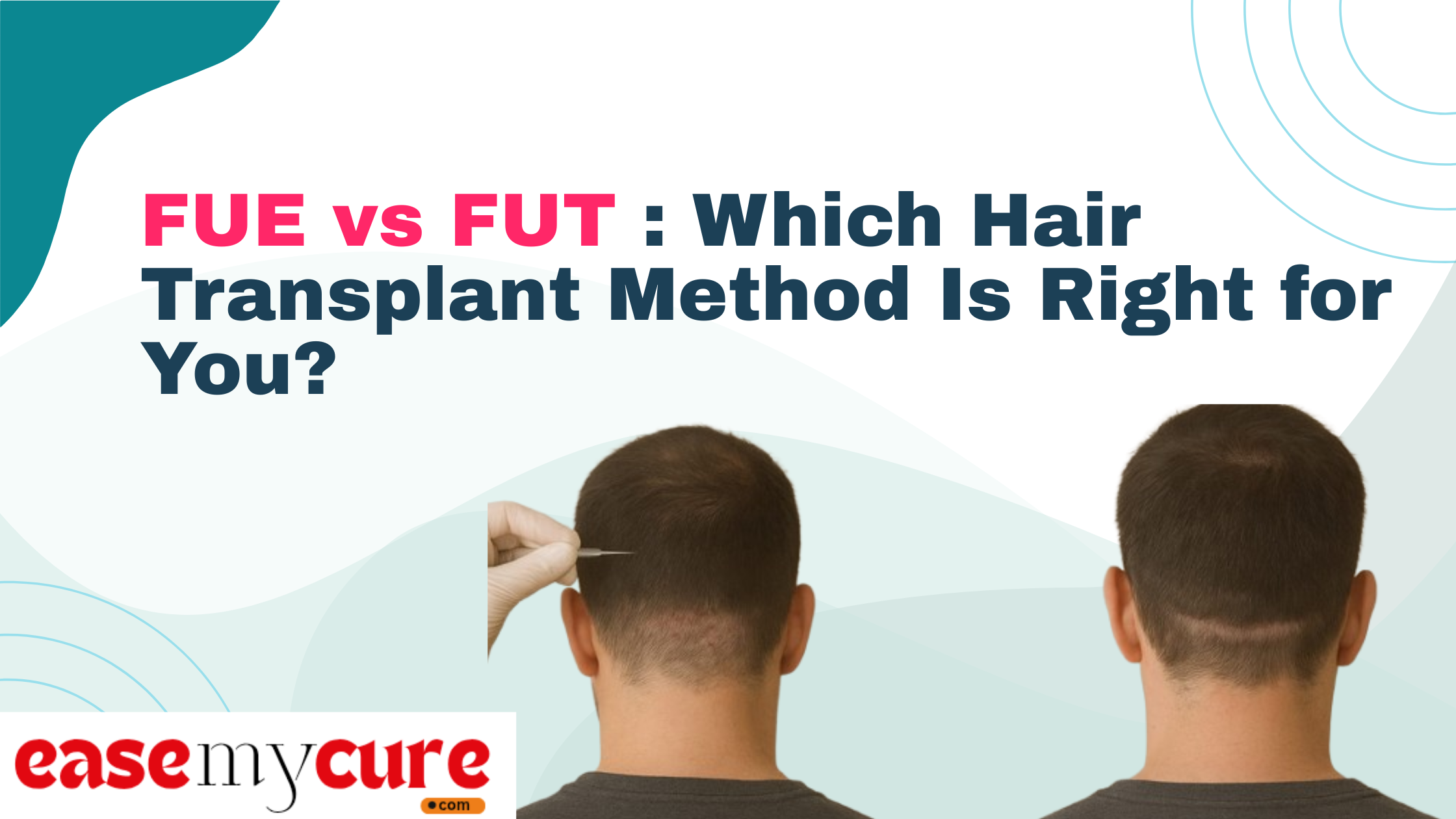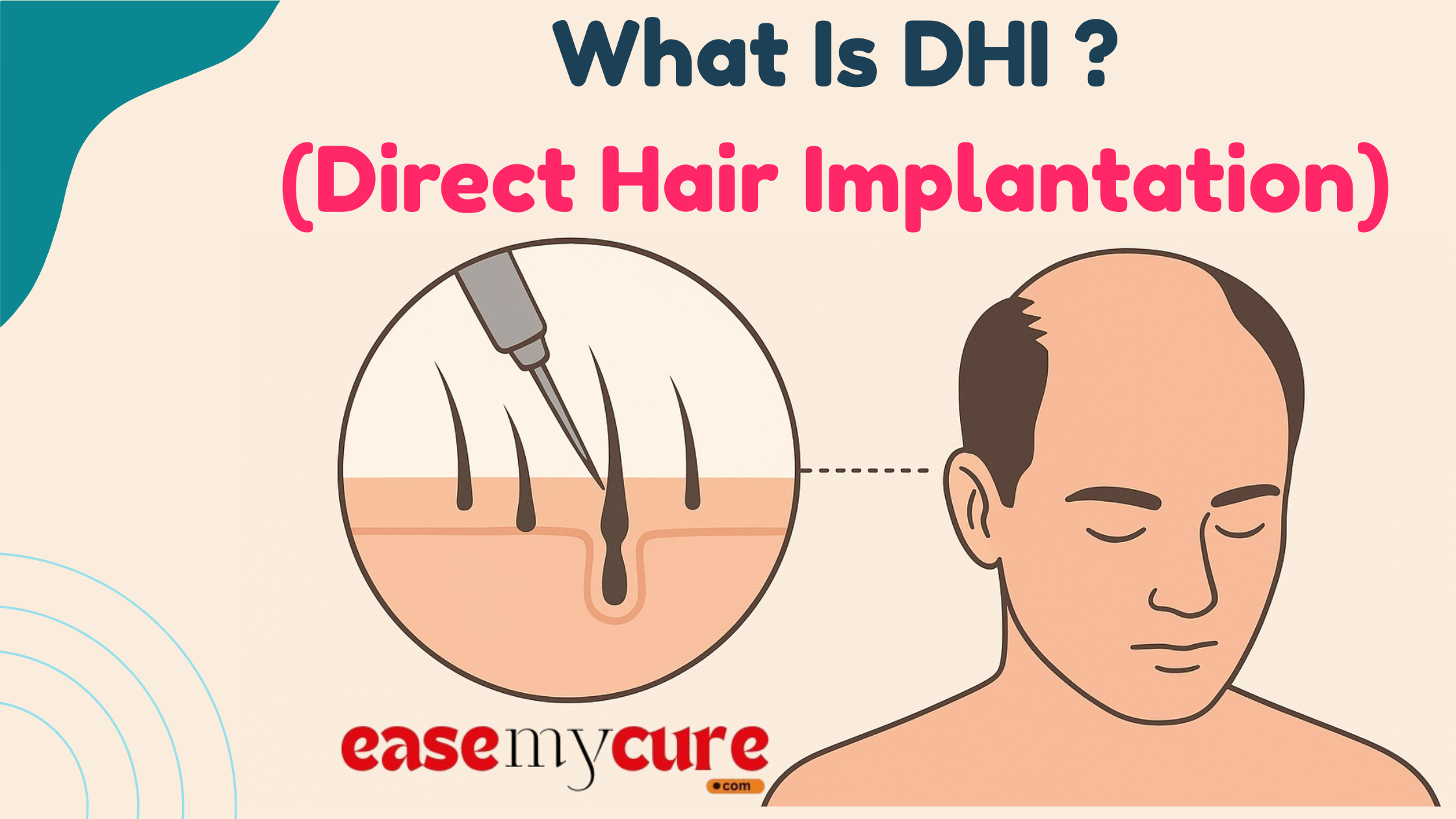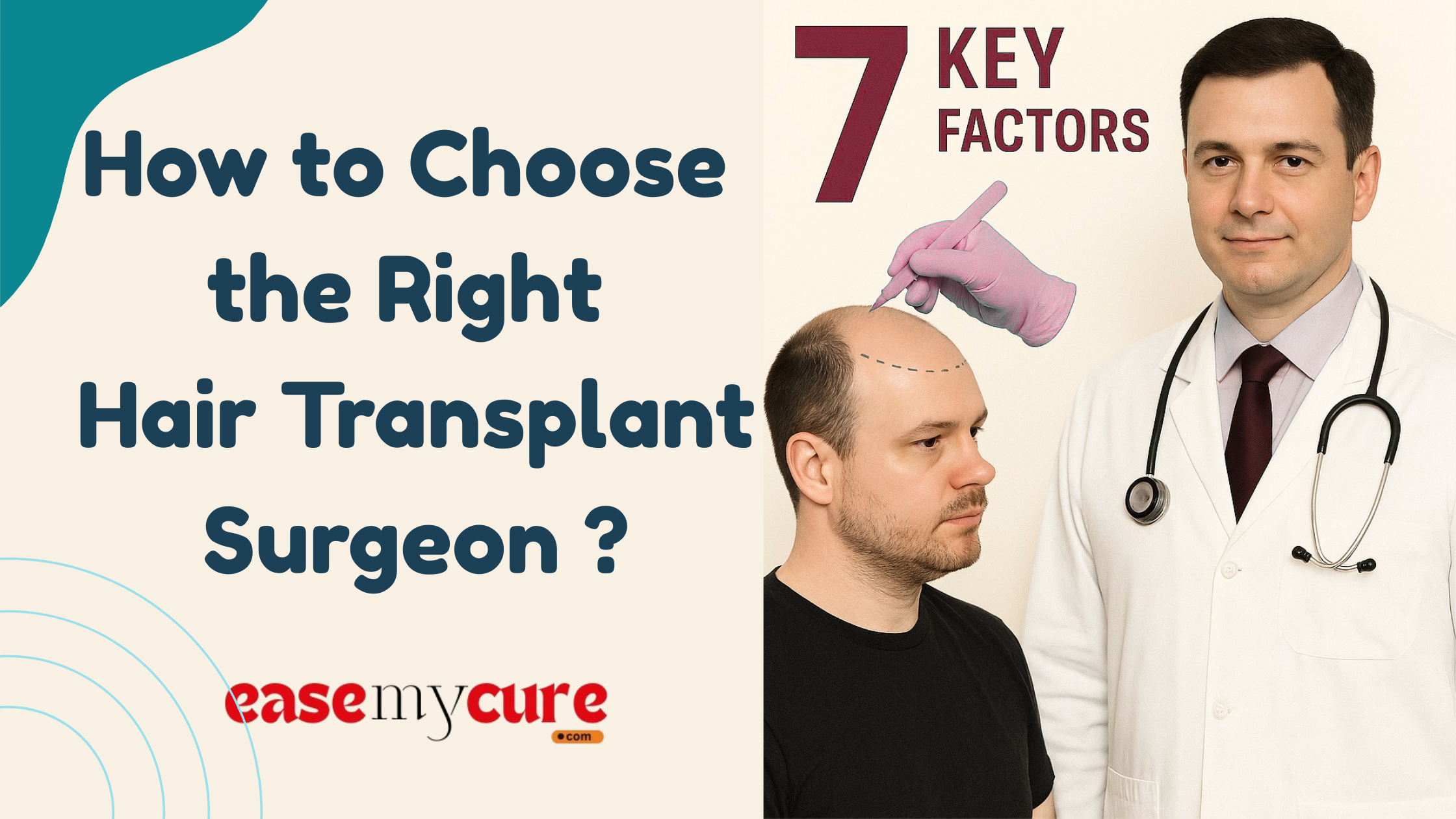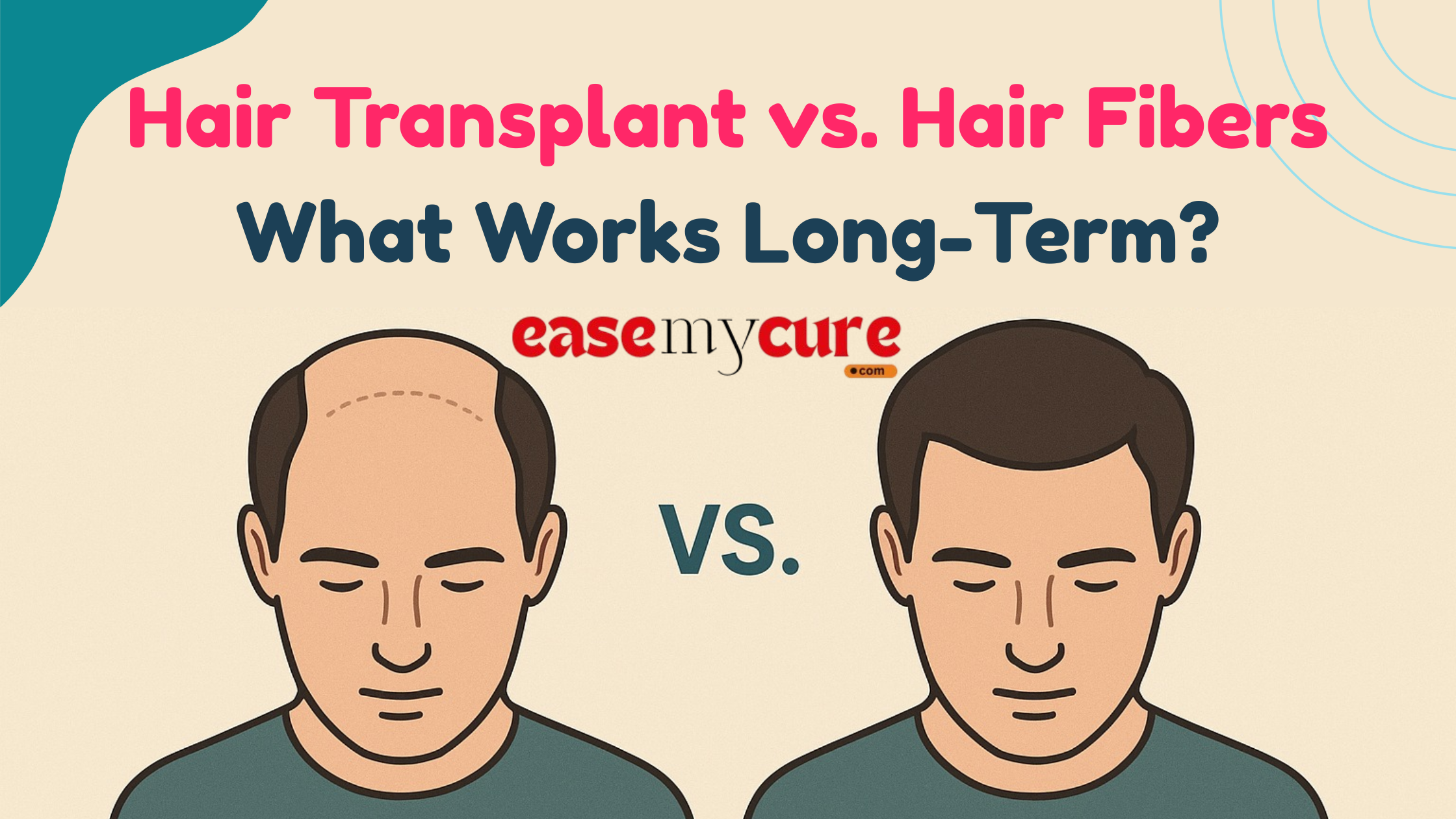Hair loss can deeply affect a person’s confidence and self-image. For many, a hair transplant is more than a cosmetic choice; it’s a transformative experience that restores both hair and self-esteem. However, if you're considering undergoing a hair transplant, it’s vital to understand the process thoroughly.
Unlike quick-fix treatments, a hair transplant is a surgical procedure that involves careful planning, precision, and a well-managed recovery period. Knowing what happens at each stage can significantly reduce anxiety, set realistic expectations, and help you prepare better both mentally and physically.
This guide walks you through the step-by-step journey of a hair transplant patient from the initial consultation through to post-surgery recovery and visible hair regrowth. Whether you’re opting for FUE (Follicular Unit Extraction) or FUT (Follicular Unit Transplantation), the core steps remain similar, with minor differences in technique and healing timelines.
Key Stages of a Hair Transplant Procedure
Pre-Transplant Stage: Consultation, Assessment & Planning
The first and arguably most crucial step in the hair transplant journey is the consultation. This initial meeting sets the tone for your entire experience and outcome.
- Personal Evaluation and Medical History
A reputable clinic begins with a thorough review of your medical history and current health. Factors such as age, pattern of hair loss, scalp condition, and even stress levels are examined. Some clinics may request blood tests to rule out deficiencies or medical causes of hair loss.
2. Scalp Analysis and Diagnosis
Doctors use diagnostic tools like digital scalp analysers or dermatoscopes to assess the donor and recipient areas. They determine your Norwood scale (for men) or Ludwig scale (for women) to chart hair loss patterns.
3. Deciding on the Right Technique: FUE vs FUT
There are two main methods:
- FUE (Follicular Unit Extraction): Less invasive, quicker recovery, ideal for smaller graft requirements.
- FUT (Follicular Unit Transplant): Involves removing a strip of scalp, used for higher graft counts.
4. Creating a Custom Hairline Design
The surgeon collaborates with you to design a natural-looking hairline based on age, face shape, and future hair loss projections.
5. Cost Estimate and Timelines
After the assessment, you receive a detailed breakdown of:
- Number of grafts required
- Total cost
- Pre-surgery instructions
- Surgery date and preparation checklist
By the end of this phase, you’ll have a clear plan for your hair restoration process.
The Day of the Surgery: Procedure and Patient Experience
The surgery day is exciting but understandably nerve-wracking. Here's how the process unfolds.
- Pre-Surgery Prep and Marking
On arrival, you’re welcomed and prepared with photographs taken from multiple angles. The doctor marks the hairline, donor, and recipient areas. This ensures symmetry and precision.
You’ll be given local anaesthesia to numb the scalp—this is often the only part with mild discomfort.
2. Graft Extraction Phase
- FUE Technique: Individual follicles are extracted using a micro-punch tool.
- FUT Technique: A strip is surgically removed, and individual grafts are prepared under a microscope.
This phase can last 2–4 hours, depending on the graft count.
3. Recipient Site Creation
Tiny incisions are made in the balding area where new grafts will be placed. The angle, depth, and direction are crucial to ensure natural results.
4. Graft Implantation
The harvested follicles are delicately implanted into the recipient area. Surgeons work in teams to maintain the grafts’ viability and ensure even distribution.
5. Post-Surgery Observation
After the procedure, you’ll rest for a short while. The team will review aftercare instructions with you. You may wear a loose cap and head home with medications and a saline spray.
Note: The entire procedure is usually completed in a single day, though some large transplants may be split across two days.
Immediate Recovery: First 7–30 Days Post-Op
Post-operative care is pivotal to the success of a hair transplant. What you do in the first 30 days affects long-term results.
Week 1: Healing and Rest
- Scabs will form around grafts within the first 2–3 days.
- Swelling around the forehead is normal and typically peaks around day 3–4.
- Sleep with your head elevated to minimise swelling.
Avoid:
- Touching or scratching the grafted area
- Hats or helmets
- Exercise, smoking, and alcohol
Week 2: Shedding Begins
This is when many patients panic, but shedding is normal. It's part of the “shock loss” phase, where transplanted hairs fall out, making way for new growth.
Week 3 to 4: Visible Signs Fade
- Scabs fall off naturally.
- Redness reduces.
- The donor area heals fully.
Doctors usually schedule a follow-up at this point to assess recovery.
Important tip: Follow your clinic’s washing instructions. Over-washing or improper drying can harm grafts.
Hair Growth Journey: 1 Month to 12 Months
After the first month, visible improvements take time, but the biological work is already underway under the skin.
1–3 Months: Dormancy & New Roots
- Most hair appears lost (due to shedding), but roots are alive.
- New follicles start to push through by the end of Month 3.
4–6 Months: Visible Growth
- Thin, baby hair appears.
- You may need a trim, but not a full cut.
- Hair density begins to improve, but it’s still patchy.
Many patients feel excitement as the hair transplant results become visible, though patience is key.
6–9 Months: Real Transformation
- Hair thickens and gains colour and texture.
- Styling options return.
- The new hairline blends naturally with native hair.
10–12 Months: Final Look
By Month 12:
- 90–95% of growth is complete.
- Hair has matured, thickened, and settled.
- You can cut, dye, or style as you would with natural hair.
Remember: Results may vary based on age, health, graft survival rate, and post-op care.
Conclusion
A hair transplant is more than a cosmetic fix, it’s a personal journey of self-confidence and transformation. From the first consultation to seeing full results after a year, each phase brings its own experiences, questions, and milestones.
With proper research, realistic expectations, and diligent aftercare, most patients enjoy lasting, natural results. This step-by-step guide provides insight into what to expect, making your journey smoother and better informed.
If you're considering hair restoration, remember: the decision is yours, but the process is shared by thousands who’ve walked the same path and emerged transformed. Begin your own hair restoration journey. Discover leading transplant clinics, compare options, and book your appointment with easemycure .
Please check also:- What Is DHI (Direct Hair Implantation)?


